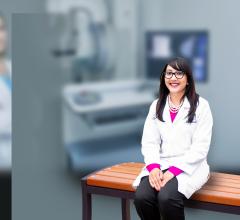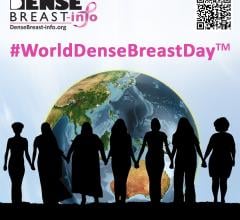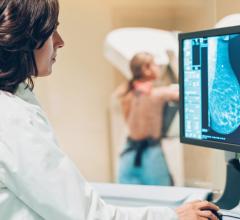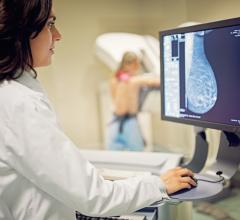Bold headlines across consumer media sites like CNN and Reuters recently stated, “MRI scans might prevent breast cancer.”
Radiologists who have followed the debate comparing MRI breast to mammography through the medical journals might say – it’s not that simple.
On one hand, several new studies have indicated that breast MRI should only be used for screening breast cancer in high-risk women and for follow up of women with abnormal mammogram findings or clinical symptoms – not for screening general populations of women. This opinion is seconded by the American Cancer Society, which discourages the use of breast MRI for screening women of average risk due to false positive rates that could lead to unnecessary biopsies.
As always, there are mixed reviews.
Other research, conducted at the Seattle Cancer Care Alliance and the University of Washington Medical Center, led by Constance Lehman, M.D., found that computer-aided detection technology used with breast MRI actually reduced the number of false positives and unnecessary biopsies. (Radiology July 2007)
So how has the media come to its own sweeping conclusion on the matter?
It seems they were inspired by another study. This one was ‘MRI for diagnosis of pure ductal carcinoma in situ: a prospective observational study,’ by Professor Christiane Kuhl, Department of Radiology, University of Bonn, Germany, which appeared in the August 11th issue of The Lancet. The research team suggests that MRI could help improve the ability to
diagnose breast cancer early, while it is still classified as ductal carcinoma in situ (DCIS).
“The sensitivity of film screen or digital mammography for diagnosing DCIS is limited…MRI could help improve the
ability to diagnose DCIS, especially DCIS with high nuclear grade,” the study said.
Backing the German team were Drs. Carla Boetes and Ritse Mann of the Radboud University Nijmegen Medical Centre, Netherlands, who stated, “These findings can only lead to the conclusion that MRI outperforms mammography in tumor detection and diagnosis. MRI should thus no longer be regarded as an adjunct to mammography but as a distinct method to detect breast cancer in its earliest stage. A large-scale multicenter breast-screening trial with MRI in the general population is essential.”
So what’s next? The essential – test MRI in more women to see if it should become a standard screening tool. But rarely is it ever that simple.
Feature | September 06, 2007 | Cristen C. Bolan


 July 24, 2024
July 24, 2024 








